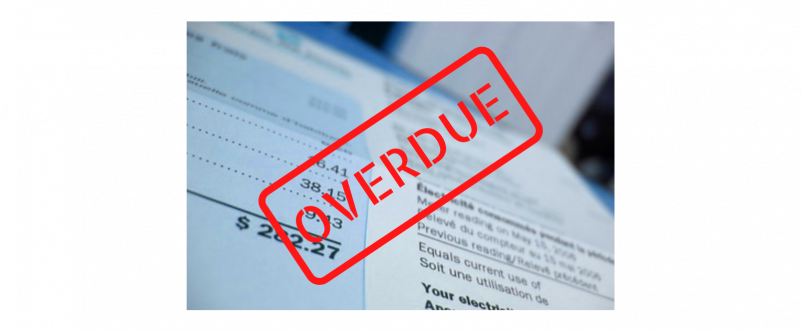On Thursday, October 8, the Pennsylvania Public Utilities Commission voted to partially lift the shut off moratorium that has been in effect since March. Our statement below addresses the main points of the PUC’s motion and what this means for utilities. And stay tuned: next week’s blog post will include our expert tips for operationalizing data to ensure compliance and seamless customer engagement.
Today the Pennsylvania Public Utilities Commission announced that they planned to end the utility shut-off moratorium. However, this order does not extend to utilities’ “most protected customers.” These customers are those whose income is 300% or less of the Federal Poverty Guidelines (a single-person household with annual income of $38,280 or a four-person household making up to $78,600). Our utility partners have suggested that the moratorium was both a blessing and a curse for customers, as some may accrue such high balances that they won’t be able to pay and will inevitably get shut off.
The motion authored by Chairman Gladys Brown Dutrieuille states that utilities must inform non-protected customers they are at risk of termination, issuing at least one communication to them beforehand. Additionally, small business customers must be offered a payment arrangement for 18 months. Finally, the motion requires that utilities report the number of at-risk and disconnected accounts, along with dollars owed.
This motion poses a number of challenges for utilities, including overwhelmed call centers, identifying customers for specific types of outreach, and accurate data reporting to the commission.
Alison Alvarez, CEO of Blastpoint, comments, “BlastPoint’s analysis of late customer payments throughout the pandemic shows that the more money a customer owes (or the more months that go by where no payment is made), the harder it will be for that customer to recover financially. On the other hand, if they can continue to make some payments to keep their overdue balances under about $300, they’re more likely to survive pandemic-related financial setbacks. However, once a customer’s balance tops $1K, our data indicates they will be less likely to pay anything at all.”
For our top insights on identifying & engaging with vulnerable customers during a crisis, visit our resource page.

